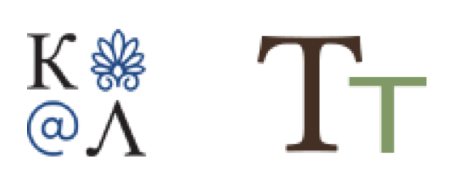Archilocheion sanct. (Paros) Treis Ekklesies - Αρχιλόχειον
Ἀρχιλόχειον - Archilocheion T., shrine to the poet Archilocus, primarily of the 3rd c. BCE building, and EC basilicas, at Treis Ekklesies in Paros Cyclades
Works:
Latitude: 37.088400
Longitude: 25.166200
Confidence: High (20130000)
Place ID: 371252SArc
Time period: ACHR
Region: Cyclades
Country: Greece
Department: Paros
Mod: Treis Ekklesies
- DARE
- IDAI gazetteer ID
Search for inscriptions mentioning Archilocheion T. (Αρχιλοχε...) in the PHI Epigraphy database.
The sensitivity and nervous energy of his writings (which has come down to us in only fragmentary form) are inseparable from the formal metre in which they are written. The invention of short flexible units of iambic trimeters and trochaic tetrameters, and the loose arrangement of the epode as a structure, gave his verse the agility to change mood as quickly as the weather. Archilochus's greatness was never in doubt throughout Antiquity, and it is revealing of the Greek temperament that he was revered almost as much as Homer was; hence the elaborate heroön here on Paros, where the poet's cult could be perpetuated. The monument was said to be the haunt of hornets and wasps.
Wikidata ID: Q39295403
DARE: 36696
Info: McGilchrist's Greek Islands

(From McGilchrist’s Greek Islands, © Nigel McGilchrist 2010, excerpted with his gracious permission. Click for the books)
| Author, Title | Text | Type | Date | Full | Category | Language |
|---|---|---|---|---|---|---|
| Author, Title | Text | Type | Date | Full | Category | Language |

